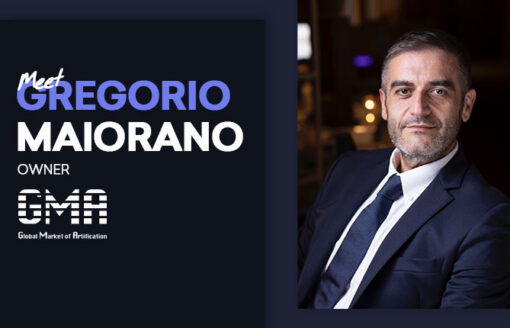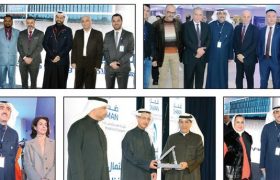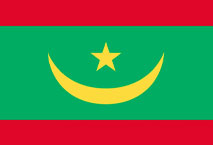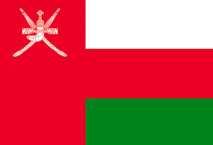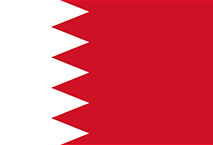High-purity silica sand in southerly Jordan is approximated to be worth billions of dollars, giving a strong motivation for both global as well as domestic capitalists, the Jordan Information Agency, Petra, reported.
Research reveals that there is a high return on investment for silica sand, likewise known as quartz sand. It is estimated that there are 12 billion tonnes of high-purity silica down payments in the southerly Maan Governorate, with 22,000 tonnes covering regional market need yearly.
The Energy and also Minerals Regulatory Commission reported that in 2021, an overall of 68,800 metric tonnes of high-purity silica were made.
Purifying silica
The Ministry of Energy as well as Mineral Resources has actually had the ability to upgrade the purity of silica in the Ras Al-Naqab location to 99.62 percent, with a target of 99.99 percent purity. This drops under a three-pronged initiative launched by the ministry in February 2022 to re-evaluate silica down payments because of global markets’ demand for ultra-pure silica of greater than 99.9 percent purity.
The ministry’s research and evaluation has actually revealed that Jordanian silica has low degrees of mineral pollutants, so processing it to above 99 percent purity would certainly not incur a significant monetary burden.
The pureness of Jordanian silica samples refined by a Canadian lab (SGS) was upgraded from 95-98 percent (natural form) to greater than 99.9 percent utilizing cleaning, grinding, sieving, and magnetic separation techniques, the ministry noted.
In southerly Jordan, silica is bountiful and can be drawn out with very little effort using just surface mining methods. Down payments can be located in distance to significant highways and also the port of Aqaba.
Silica is made use of in the manufacture of glasses, crystal glass, glass panels, optical fiber, optical glass, plumbing molds, porcelains and also bricks, and water filters. It is additionally used in the manufacture of rubber, plastic, paper, paint, and also in a host of chemical markets.
Jordan’s mining industry
In 2021, the mining sector made a total of JD3.11 billion, of which JD1.94 billion came from removal as well as JD1.16 billion from production, according to the ministry’s figures.
That year, the mining market was responsible for 9.12 percent of the Kingdom’s GDP as well as 30.4 percent of complete exports.
While the mining market accounted for over 19 percent of complete exports in 2019, the Mineral Resources Technique for 2025 aims to enhance its GDP contribution to 11 percent from the existing rate of 7.7 percent.
Licenses to check out for as well as mine minerals like phosphate, potash, sedimentary rock, silica, pozzolana, dolomite, calcium carbonate, copper, as well as others are provided as well as restored by the Energy and Minerals Regulatory Compensation.
Mapping the Kingdom’s minerals
Lately, the ministry signed an arrangement with a private company to draw up the Kingdom’s all-natural mineral sources to bring in investments to this industry.
Over the course of two years, the firm will perform an electro-magnetic survey of the various regions of the Kingdom to pinpoint areas with mining possibility.
Streamlining investments
In August 2020, the ministry revealed a number of possible financial investment possibilities in the mining and oil markets across the Kingdom, opening up a number of areas with potential oil, oil shale, and mineral wide range.
In particular, the ministry identified 12 minerals with industrial viability for both the extractive and production sectors.
One of the most significant minerals that are currently readily exploitable are the subject of a special bulletin introduced by the ministry, providing information on each mineral’s estimated geological books in addition to a summary of the minerals found in Jordan, their nature, and also the geological atmospheres in which they are located.
The ministry additionally presented a platform focused on helping mining capitalists and streamlining company procedures to enhance the total investment journey and experience.
In 2022, the ministry has authorized seven memoranda of recognizing to discover as well as mine minerals and various other resources throughout the Kingdom, with a concentrate on manufacturing markets.
In addition, the ministry lately introduced an interactive digital map that highlights regions with prospective raw mineral wealth that are open to investments. This map features 13 different mineral resources, consisting of basalt, bentonite, chalk, copper, diatomite, dolomite, feldspat, gold, gypsum, kaolin, phosphate, limestone, as well as quartz.
Last Updated: 26 January 2023


